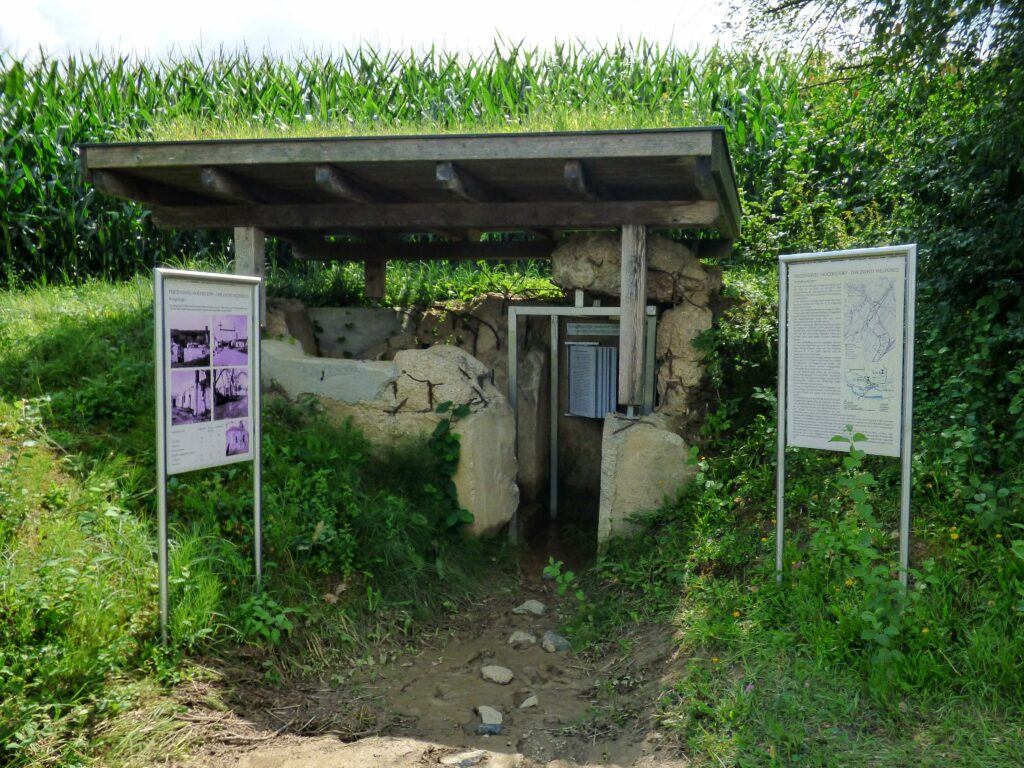History of Burgenland
Exploring aspects of Burgenland History
We startet our historical exploration tour at the Esterhazy castle and we discussed different aspects of Burgenlands history in class.
As a former residence of princes, Esterházy Palace is a landmark of Eisenstadt, the capital of Burgenland. It is owned by the Esterházy Private Foundation. It dates back to the 13th century.
The castle was built in the 13th century. In the 15th century it came into the possession of the Habsburgs, who leased it to the Esterhazy family in the 17th century. Then in 1649 Ladislaus Esterhazy bought the castle. After his death it was rebuilt into a castle under Paul Esterhazy. Today it serves as a museum. (Max)


Esterhazy Family
The Esterházys are a centuries-old Hungarian princely family. They are also one of the richest families in the country. There is an Esterházy cake, Esterházy vegetables, various Esterházy meat dishes.
The history of the family dates back to the 13th century, and is marked by great battles and love of music, but also persecution and deportation from your native Hungary.
With the end of the Danube Monarchy and the founding of Burgenland as an Austrian province in 1921, much changed for the Esterhazy family. While most of the estates in Hungary were nationalized after the end of the monarchy, they kept those in Burgenland (over one tenth of the current area of the country). (Julia)
Saint Germain and Trianon
Burgenland is the smallest province of Austria in terms of area. It borders Slovakia (Bratislava) to the north, Hungary (Györ – Moson – Sopron and Vas counties) to the east, Slovenia to the south and the Austrian provinces of Styria and Lower Austria to the west. Burgenland is divided into the 3 parts: Northern Burgenland, Central Burgenland and Southern Burgenland. After the end of the First World War and the disintegration of the Austro-Hungarian Danube Monarchy in 1918, the German-speaking parts of western Hungary were awarded to Austria and Hungary had to undertake to cede these parts to Austria in the Treaty of Trianon in 1920. After strong protests from Hungary, a partly controversial referendum was held in Ödenburg (Sopron). Two-thirds of those polled voted to remain part of Hungary. In 1921, Burgenland was admitted to the Republic of Austria, which is why the 100th birthday of Burgenland is being celebrated this year.


"Süd Ost Wall"
The Southeast Wall or Reichsschutzstellung was the defense position, which the High Command of the Wehrmacht planned or had built at the southeastern border of the German Reich against the approaching Red Army units towards the end of the Second World War.
At the end of 1944, Hittler ordered the construction of the Southeast Wall to protect the Germans against the Soviet Army.
The wall was built by forced laborers, who were mostly poorly supplied and many had to starve. (Daniel & Eron)
Kreuzstadl
The Kreuzstadl stands on the outskirts of Rechnitz, a village in southern Burgenland. In 1945 a massacre of 180 Jewish forced laborers was committed in Rechnitz. They were shot quasi for fun by drunken Nazi functionaries. The mass grave has not been found to this day. The former agricultural building now serves as a memorial to the crimes committed against the Jewish population during World War II. (Johanna)


Waves of Migration
Due to the industrialization around 1880 until 1914, there was a mass emigration within a short time. Consequently, about 30000 to 40000 Burgenlanders had emigrated to the USA by this time. On July 1, 1924, a strict immigration law finally came into effect in the USA ( which reduced the immigration quota for Austria by almost 90 percent and thus heralded the end of the emigration of Burgenlanders to the USA).
The second half of the 19th century also saw overpopulation. The death rate decreased due to improved medical care, but the birth rate was still very high, which led to enormous population pressure in the villages. An example of this is Lorenz Schönbacher, born in Neutal, who left Burgenland at the age of 25 to fight in the American War of Independence.
The third largest wave of refugees was in 1956 in the Hungarian Uprising. Where about 200,000 Hungarians fled to Burgenland from the Soviet Union. (Leyla & Vijosa)